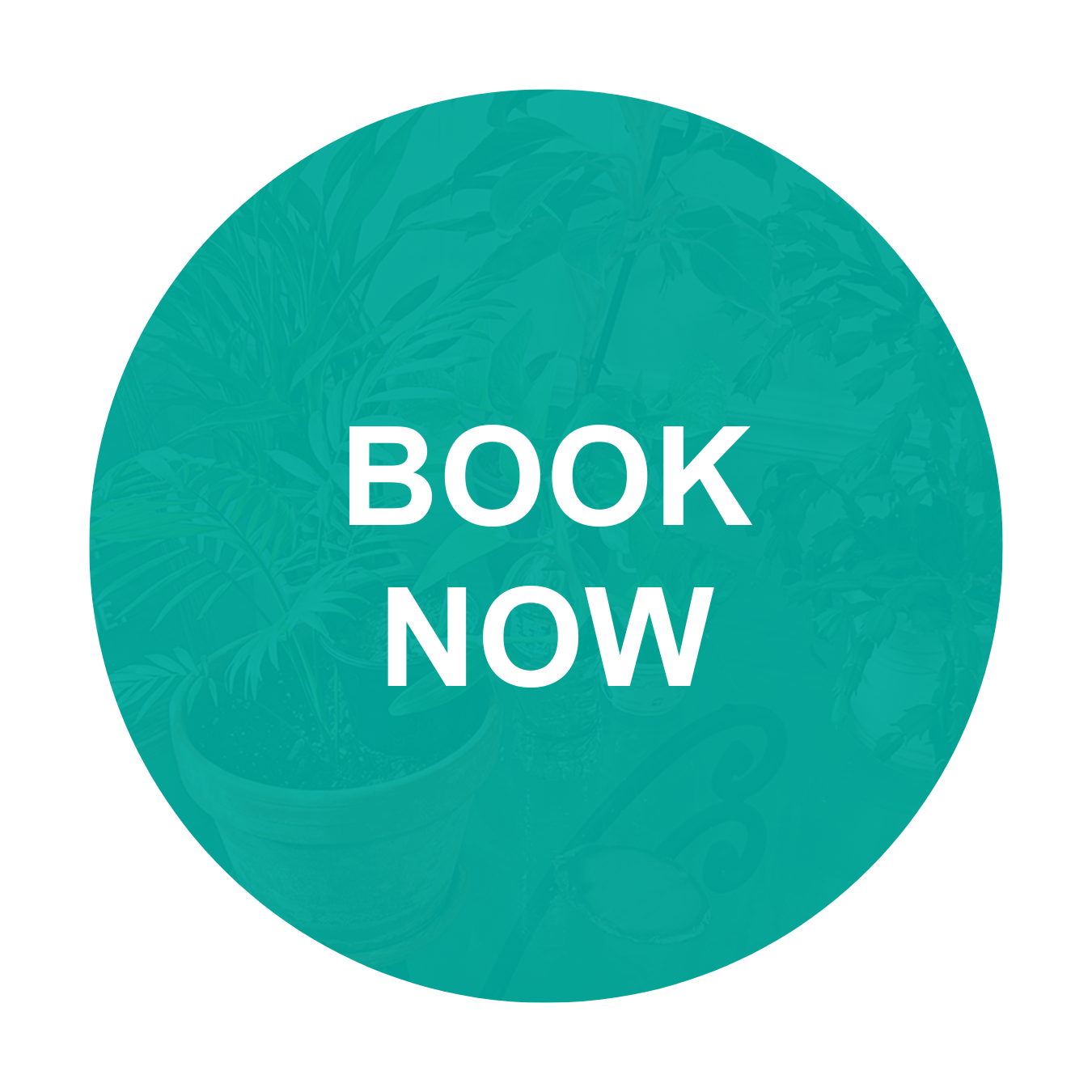Traditional Chinese Medicine TCM represents a much broader system of medicine that includes acupuncture, herbs, massage, diet and exercise therapy. TCM is probably the most common style of acupuncture practiced today.
The underlying basis of TCM is that all of creation is born from two opposite principles, Yin and Yang, that are in constant motion, creating a fluctuating balance in the body. Disease results when either yin or yang is in a state of prolonged excess or deficiency.
The TCM acupuncturist bases treatment on a Pattern of Disharmony according to the Eight Principles, which is a further breakdown of yin and yang. The Eight Principles are guiding factors used to establish where the patient is out of balance and where the treatment should be focused.
The Eight Principles are basic divisions of symptoms:
- Yin or Yang(yin-yang)
- Superficial or internal (li-biao)
- Cold or hot (han-re)
- Deficient or Excess (xu-shi)
TCM practitioners evaluate their patients health problems using various combination of the eight guiding principles. For example, a patient might be diagnosed as having an “internal cold” or “external heat” condition. Used in conjunction with the five element theory (see next blog entry), the eight guiding principles give the TCM practitioner a more complete picture of a patient’s energy imbalances and determine the treatment to be pursued through acupuncture, herbs, diet, and exercise.
